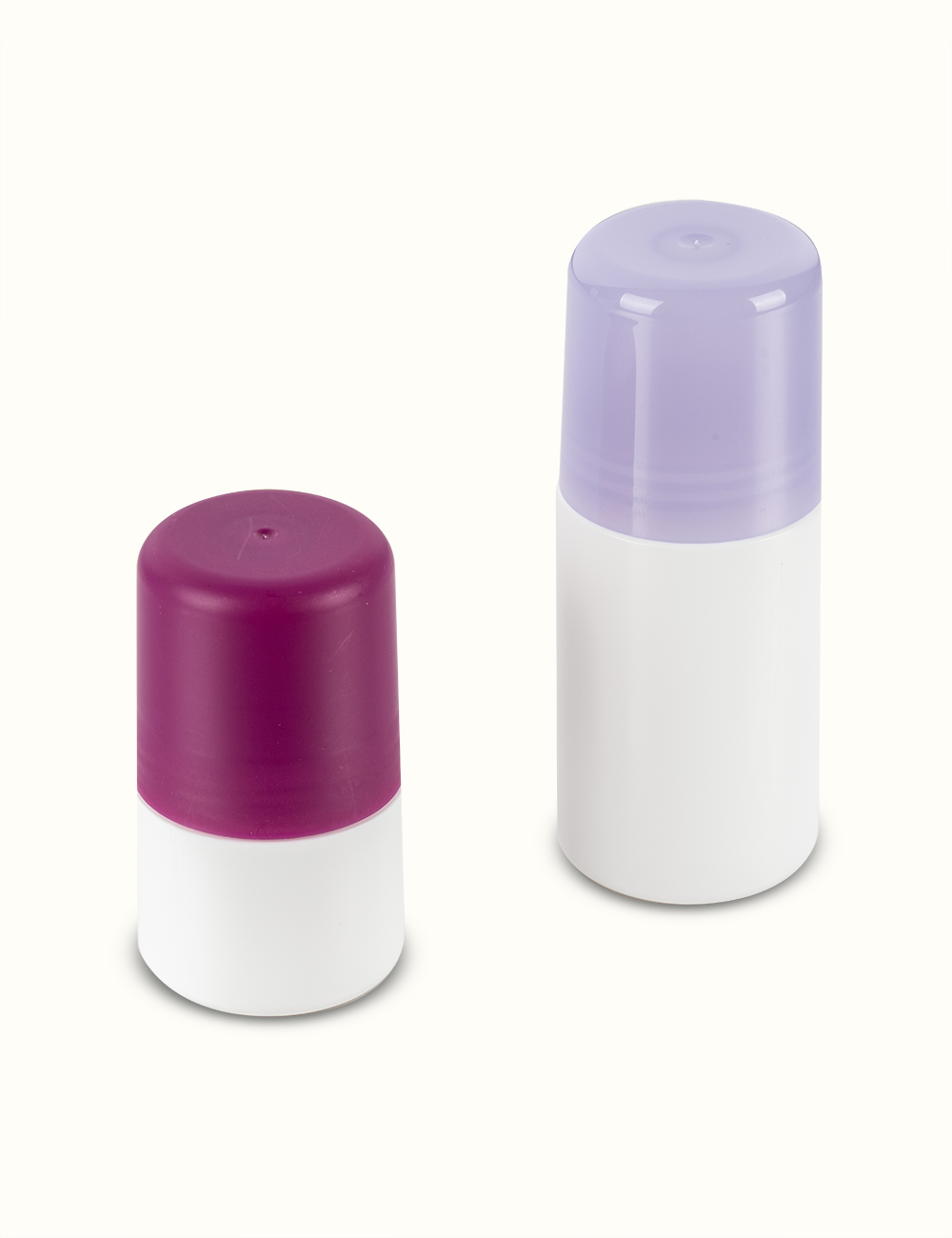
Internal Mechanism: The internal mechanism of a deodorant stick container is a sophisticated engineering component designed to manage the elevation and retraction of the deodorant stick with precision. This mechanism typically involves a spiral or screw-based system that translates rotational motion into vertical movement. The design must account for tolerances and clearances to ensure smooth operation without binding or jamming. Advanced designs may incorporate self-lubricating materials or coatings within the mechanism to reduce friction and wear, further enhancing the longevity and reliability of the mechanism. The mechanism must be tested rigorously to ensure that it operates consistently under varying user pressures and environmental conditions.
Product Formulation: The formulation of the deodorant is a complex science involving a careful balance of various ingredients. Key components include emollients, which provide the necessary lubrication to prevent excessive friction, and structural agents like waxes and polymers that impart rigidity to the stick. The formulation must be optimized to maintain a stable consistency across a range of temperatures and humidity levels. We employ advanced rheological studies to analyze the flow properties of the deodorant and ensure that it can withstand application forces without breaking or crumbling. Additionally, the formulation is tested for its mechanical stability under simulated use conditions to validate its performance.
Container Design: The container design is an intricate process involving precision engineering to ensure that the deodorant stick is adequately supported. Internal dimensions are meticulously calibrated to match the exact size of the deodorant stick, with tolerances typically in the micrometer range. The container often includes features such as alignment ribs or guiding tracks that ensure the stick is consistently centered and evenly supported. The design also considers the impact of vibration and shock during handling and transportation, incorporating features to absorb or mitigate these forces to prevent damage to the stick.
Material Quality: The materials used in the construction of both the container and the deodorant stick are selected based on their physical and chemical properties. For the container, high-density polyethylene (HDPE), polypropylene (PP), or other engineered plastics are commonly used due to their strength, flexibility, and resistance to impact. These materials are chosen for their ability to withstand mechanical stresses without deforming. For the deodorant stick, a blend of high-quality waxes (such as beeswax or synthetic alternatives) and stabilizers is used to ensure optimal hardness and cohesion. The compatibility of the material with the formulation is also tested to prevent reactions that could compromise the stick’s integrity.
Ventilation and Temperature Control: Effective ventilation and temperature control are crucial for maintaining the stability of the deodorant stick. Some containers are designed with perforations or vents that allow for controlled air exchange, preventing the buildup of moisture that could degrade the deodorant. Temperature control is achieved through the use of insulating materials or thermal barriers that protect the stick from excessive heat or cold. Containers may also undergo thermal cycling tests to ensure that they can maintain their integrity and functionality across a wide range of temperatures. This is particularly important for products exposed to varying environmental conditions during distribution and storage.
Straight round fragrance bottle

Leave a Reply
Your email address will not be published.Required fields are marked


 English
English 中文简体
中文简体 عربى
عربى



























